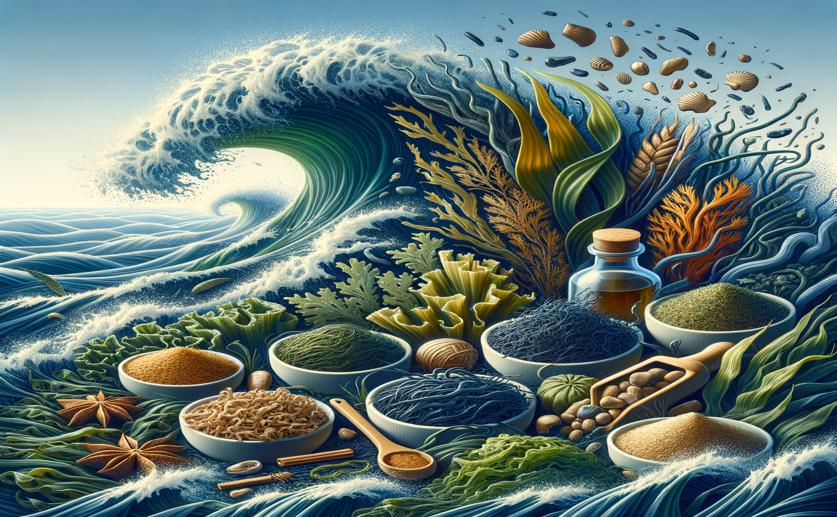
Nutritional and Sensory Benefits of Seaweed Based on Different Drying Methods
Jenn Hoskins
23rd May, 2024

Image Source: Natural Science News, 2024
Key Findings
- The study by the Technical University of Denmark examined how different drying methods affect the quality of two seaweed species, Fucus vesiculosus and Ulva sp
- For Ulva sp., microwave-vacuum and freeze-drying methods preserved most of the sensory and nutritional qualities
- The quality of Fucus vesiculosus varied significantly depending on the drying method, indicating the need to tailor the drying method to the desired food quality
NutritionBiochemMarine Biology
References
Main Study
1) Nutritional value, bioactive composition, physico-chemical and sensory properties of Ulva sp. and Fucus vesiculosus depending on post-harvest processing: a drying comparison study
Published 22nd May, 2024
https://doi.org/10.1007/s10811-024-03210-4
Related Studies
2) Phycochemical Constituents and Biological Activities of Fucus spp.
3) Sensory descriptors for three edible Chilean seaweeds and their relations to umami components and instrumental texture.
4) Protein content and amino acid composition of commercially available plant-based protein isolates.



 29th February, 2024 | Greg Howard
29th February, 2024 | Greg Howard